When trying to brew the perfect cup of coffee, we often focus on the beans, grind, and method of brewing. The water reservoir on your coffee maker, though, is an important part that we tend to forget about. It might look like a simple piece, but it makes a huge difference to the quality of your beer. This article will walk you through what the water tank does to your coffee, how to take care of the tank, and other little quirks of this one-stop shop for brews.
Why does a coffee maker’s water tank matter?
A coffee maker’s water tank is one of its most crucial components. Before being heated and used in the brewing process, it acts as a reservoir to hold the water. The water used for brewing is kept at the proper temperature and free of impurities that could alter the flavor of your coffee thanks to a clean, well-maintained water tank.
The number of cups of coffee your machine can make before needing to be refilled also depends on the size of its tank. For large households or people who drink coffee frequently, a larger water tank can greatly increase convenience.
Types of Water Tanks for Coffee Machines
Generally, coffee makers have either a built-in or detachable water tank.
Built-in Water Tanks
The Water Tank for the Coffee Machine is built-in and non-removable, making simple cleaning a challenge. These types of tanks are most commonly found in high-end or commercial coffee makers and are designed for sleek, space-saving setups. While a built-in water tank for the coffee machine may seem low-maintenance on the surface, lack of regular cleaning can lead to the buildup of bacteria and mineral deposits over time.
Detachable Water Tanks
The majority of household coffee makers have a removable water tank, which facilitates cleaning and refilling. These tanks can be removed and cleaned. Completely, and refilled with minimal difficulty. Anyone who appreciates convenience and ease of maintenance will find detachable water tanks ideal.
Selecting the Appropriate Coffee Maker Water Tank
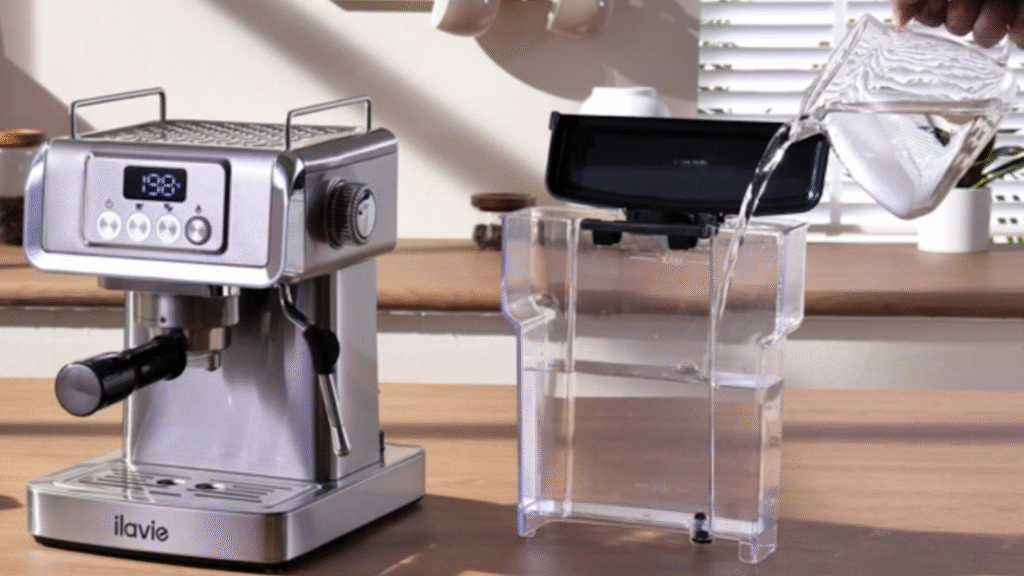
A few important considerations must be made when choosing the appropriate water tank for your coffee maker.
Size and Capacity Water tank for coffee machine
The size of the Water Tank for the Coffee Machine depends on how often you use it. If you brew multiple cups daily, opting for a larger tank can reduce the need for frequent refills. However, if you only make the occasional cup, a smaller tank might be sufficient. Some coffee machine models even offer adjustable water tanks for the coffee machine, providing added flexibility to suit your needs.
Material
Stainless steel, glass, or plastic is commonly used as a material for water tanks.
- Plastic Tanks: Affordable and lightweight, but may stain over time and not retain heat as well.
- Stainless Steel Tanks: More durable, resistant to stains, and better at maintaining the water temperature.
- Glass Tanks: Stylish and easy to clean, but may be more fragile.
While each material has advantages and disadvantages, stainless steel provides the best overall balance between heat retention and durability.
How Water Quality Affects Your Coffee
Your coffee’s quality is directly related to the quality of the water. After all, between 98 and 99 percent of your brew is water.
Filtered Water for Better Coffee
One of the simplest methods to enhance the flavor of your coffee is to use filtered water. Chlorine and other contaminants that can produce off-tastes are eliminated by filtered water. Great if your coffee maker has an integrated filter! If not, for optimal effects, use filtered bottled water or an external filter.
Hard Water and Its Impact
Hard water contains high concentrations of minerals like calcium and magnesium, which can build up in your coffee maker and the Water Tank for the Coffee Machine. These mineral deposits not only affect the flavour of your coffee but can also gradually reduce the machine’s overall efficiency. To prevent this, it’s important to use soft water or regularly descale both the machine and the water tank for the coffee machine.
Maintaining and Cleaning the Water Tank
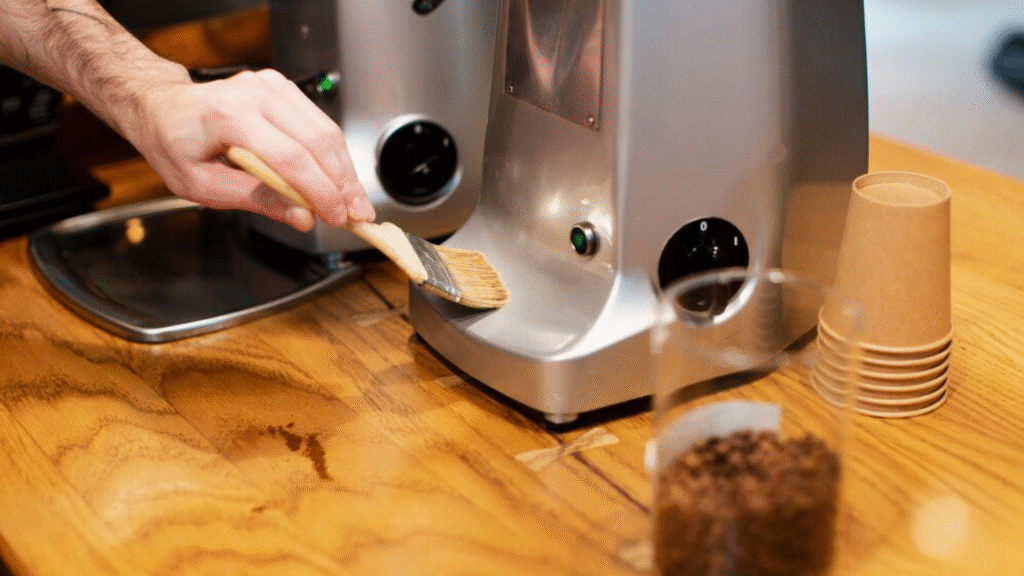
To guarantee that there are no impurities or mineral accumulations in your water tank, regular cleaning is necessary.
How to Clean Your Water Tank
To clean the Water Tank for the Coffee Machine, just take it out of the coffee maker and wash it with warm, soapy water. Use a sponge or gentle cloth to avoid scratching the surface. For deeper cleaning, you can dissolve mineral buildup using a vinegar solution. Make sure to rinse the water tank for the coffee machine thoroughly before reattaching it to your coffee maker.
Descaling Your Coffee Machine
Aside from cleaning the water tank, you should periodically descale your coffee maker. Performance may be impacted when mineral deposits are removed from the machine’s internal components through descaling. To clean the system, use a basic solution of white vinegar and water or purchase descaling solutions.
Common Problems with Water Tanks in Coffee Machines
Water tanks require little upkeep, but there are a few typical problems to be aware of:
Leaks
Water leaking from the tank may be the result of a loose seal or a crack in the reservoir. Water spills from leaks onto the floor, and the machine can be messy and eventually cause damage.
Mineral Build-up
A white film or residue inside your water tank may be visible if you live in an area with hard water. This is mineral accumulation, which may affect the flow of water and the general operation of the machine. Using filtered water and cleaning frequently can help avoid this issue.
Clogging or Blockages
Debris or mineral deposits may eventually clog the tank’s water inlet or valve. Your machine may have a blockage in the water tank or internal pipes if you discover that it is not brewing correctly.
Upgrading Your Coffee Machine’s Water Tank
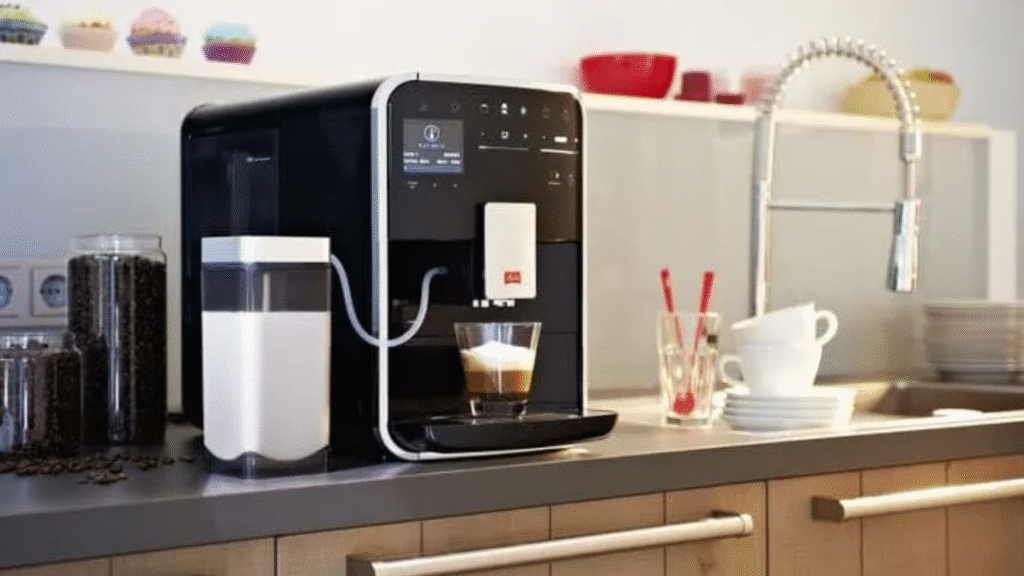
A larger capacity tank or a model with better filtration might be worth purchasing if you want to upgrade the water tank in your coffee maker. Replacement tanks or accessories with improved features, like better filtration or better heat retention, are available for some coffee makers. When upgrading, confirm that the new tank fits the model of your coffee maker.
Conclusion
It may surprise you to learn how crucial the Water Tank for the Coffee Machine is. It plays a key role in the overall flavour of your coffee and ensures that clean, purified water is used during brewing. By choosing the right water tank for the coffee machine, maintaining it properly, and using high-quality water, you can take your coffee experience to the next level.
FAQs About Water Tank for the Coffee Machine
- How often should I clean the water tank?
- You should clean the water tank at least once a week to prevent mineral buildup and bacteria.
- You should clean the water tank at least once a week to prevent mineral buildup and bacteria.
- Can I use tap water in my coffee machine?
- Tap water is fine, but it may affect the taste of your coffee and cause scaling if it’s hard. Filtered water is recommended.
- Tap water is fine, but it may affect the taste of your coffee and cause scaling if it’s hard. Filtered water is recommended.
- How do I know if my water tank is leaking?
- If your coffee machine is producing less coffee or you notice water pooling around the machine, it may be leaking.
- If your coffee machine is producing less coffee or you notice water pooling around the machine, it may be leaking.
- Can hard water damage my coffee machine?
- Yes, hard water can cause mineral build-up and scale in your machine, leading to reduced performance and potential damage.
- Yes, hard water can cause mineral build-up and scale in your machine, leading to reduced performance and potential damage.
- Do all coffee machines have water filters?
- Not all coffee machines have built-in filters, so you may need to use an external filter or purchase a machine that includes one.
- Not all coffee machines have built-in filters, so you may need to use an external filter or purchase a machine that includes one.

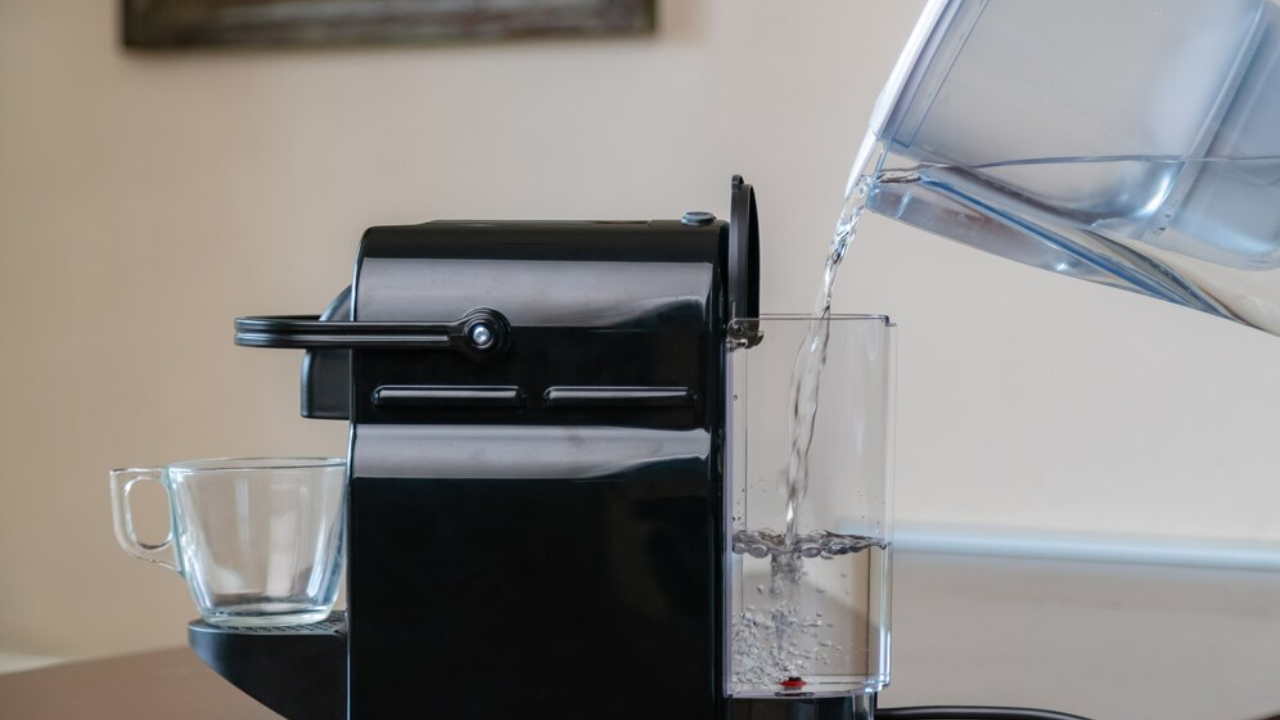
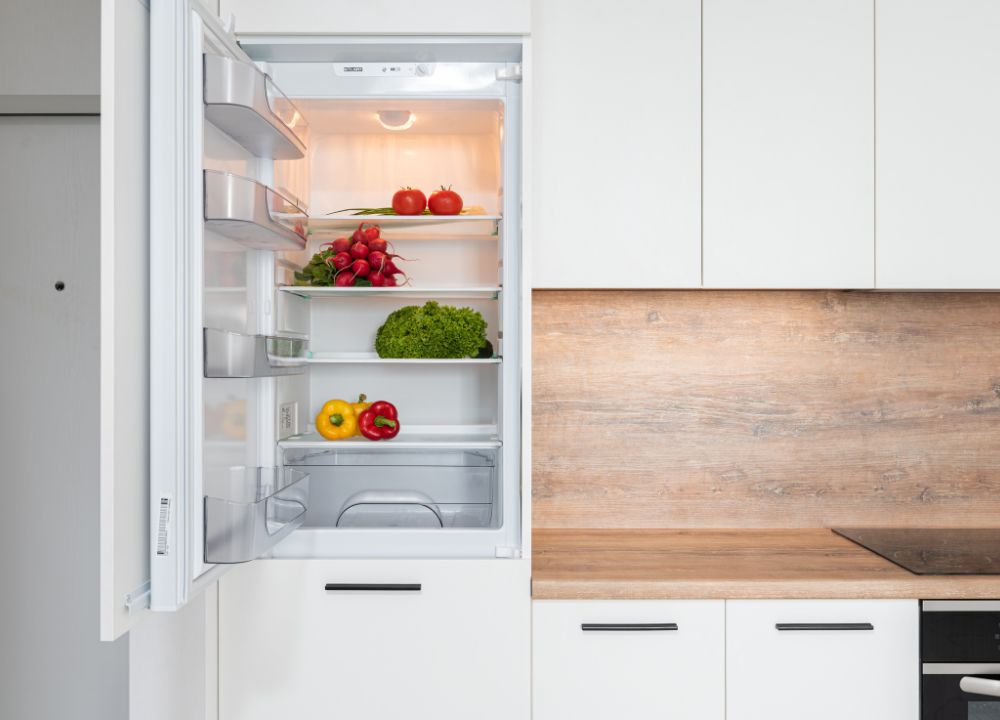
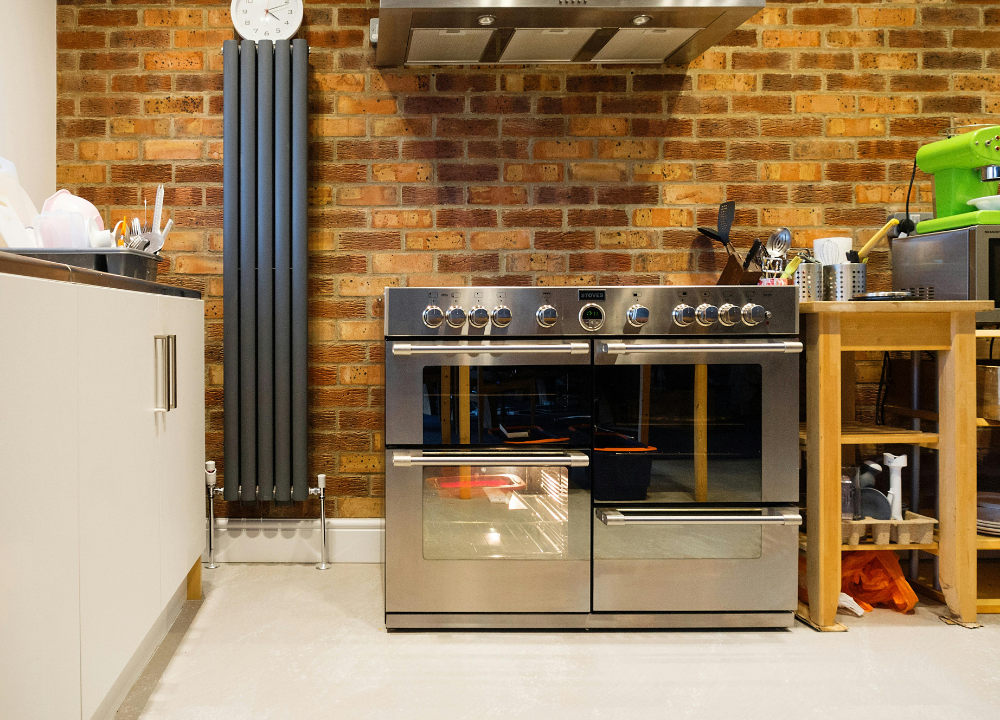
2 thoughts on “Water Tank for the Coffee Machine In 2025”